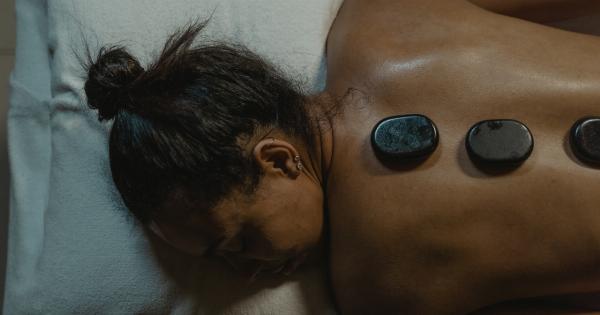Kidney stones, also known as renal calculi, are hard deposits of minerals and salts that form in the kidneys. These stones can cause intense pain and discomfort as they pass through the urinary tract.
Treatment for kidney stones depends on various factors such as the size, location, and composition of the stone, as well as the individual’s overall health. In this article, we will explore different treatment options available for kidney stones and discuss their effectiveness.
1. Conservative management:
In cases where the kidney stones are small and not causing severe symptoms, doctors may recommend conservative management. This approach involves drinking plenty of fluids to help flush out the stones naturally.
Pain medication may also be prescribed to alleviate discomfort. However, it is important to note that conservative management may not be effective for larger stones or stones that are causing severe pain or complications.
2. Extracorporeal Shock Wave Lithotripsy (ESWL):
ESWL is a non-invasive procedure that uses shock wave energy to break kidney stones into smaller fragments. During the procedure, a machine called a lithotripter sends focused shock waves through the body to target the stones.
The fragmented stones are then passed out of the body through urine. ESWL is typically used for stones smaller than 2 centimeters in diameter and has a success rate of around 70-90%. Some possible side effects include bruising, blood in urine, and discomfort during the procedure.
3. Percutaneous Nephrolithotomy (PCNL):
PCNL is a surgical procedure used to remove larger kidney stones. It involves making a small incision in the back and inserting a nephroscope (a tube-like instrument) into the kidney.
The stones are then broken up using laser or ultrasound energy and removed through the tube. PCNL is highly effective for large or complex stones and has a success rate of around 80-90%. However, it is an invasive procedure and may require a hospital stay and longer recovery time compared to non-surgical treatments.
4. Ureteroscopy:
Ureteroscopy is a minimally invasive procedure used to treat stones located in the ureter (the tube that connects the kidneys to the bladder). In this procedure, a thin tube with a camera and small tools is inserted into the ureter through the urethra.
The stones are either removed or broken up using laser energy and then passed out of the body through urine. Ureteroscopy is effective for stones located in the lower urinary tract and has a success rate of around 80-90%. It is a relatively safe procedure with minimal complications.
5. Open surgery:
Open surgery is rarely used for kidney stone treatment and is usually reserved for cases where other treatments have failed or are not possible.
This surgical procedure involves making a large incision in the abdomen or side to directly access the kidneys and remove the stones. Open surgery has a high success rate, but it is associated with longer recovery time, higher risk of complications, and more post-operative pain.
6. Medications:
In some cases, medications may be prescribed to help dissolve certain types of kidney stones. These medications work by altering the chemical composition of the stone or reducing the production of substances that contribute to stone formation.
However, medication-based approaches are generally not recommended for larger stones or as the primary treatment method. They are more commonly used as preventative measures for individuals with a history of recurrent kidney stones.
7. Dietary and lifestyle changes:
In addition to medical treatments, making certain dietary and lifestyle changes can help prevent the formation of kidney stones and reduce the risk of recurrence.
Some recommendations include increasing fluid intake, reducing salt and animal protein consumption, limiting oxalate-rich foods (such as rhubarb, spinach, and chocolate), and maintaining a healthy body weight. It is essential to consult with a healthcare professional or a registered dietitian for personalized dietary advice.
8. Combination therapy:
In certain cases, a combination of different treatment modalities may be used for optimal results. For example, a patient may undergo ESWL to break up larger stones followed by ureteroscopy to remove the fragments.
Combination therapy may increase the success rate, especially when dealing with complex or large stones that cannot be effectively treated with a single approach.
9. Natural remedies:
Although not scientifically proven, some individuals may choose to explore natural remedies for kidney stone treatment. These may include herbal supplements, homeopathic remedies, or specific diets.
It is crucial to approach natural remedies with caution and consult with a healthcare professional before using them, as their safety and efficacy are not well-established.
10. Follow-up and prevention:
Regardless of the treatment method used, regular follow-up appointments are necessary to monitor the effectiveness of the treatment and prevent recurrence of kidney stones.
Follow-up may involve urine and blood tests, imaging studies, and lifestyle recommendations. Taking steps to prevent future stone formation, such as adequate hydration and dietary modifications, is vital for long-term kidney health.





























